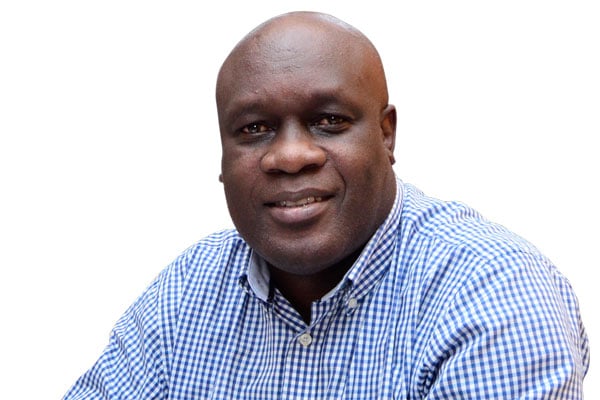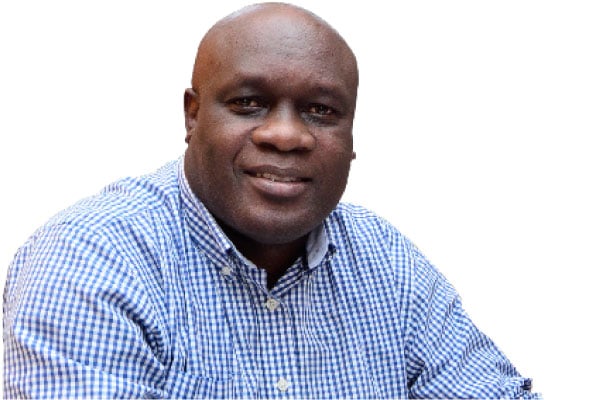Prime
Photojournalism and right to privacy in public places

Author: Odoobo C. Bichachi is the Nation Media Group (NMG)-Uganda public editor. PHOTO/FILE.
What you need to know:
- The slippery slope usually starts when the photojournalist drops objective evaluation of news that is of public interest.
Press freedom and the right to privacy are two constantly competing rights. On the one hand, journalists want to stretch their freedom to print, voice or broadcast anything about anyone to the farthest level possible. Then on the other hand, many people – public and private citizens – want to keep snoopy journalists as far away from their “private space” as possible.
In this contestation, there is a middle point referred to as “public interest”. Broadly, public interest is defined as “the welfare or well-being of the general public and society or community”.
It is “public interest” that journalist’s wave to claim the right of entry into the realm of privacy of public and private citizens. The citizens also wave it as a defense against intrusion; that there is no cogent “public interest” reason to violate their privacy.
Because of the diverse nature of society, it is difficult to arrive at universally agreeable parameters of public interest. Puritans define it differently from liberalists. Absolutists don’t agree with moderates about what constitutes public interest, etc.
It is therefore an old debate in society and mass communication that is nowhere near resolution. On Tuesday evening, I found myself following a conversation about this; photojournalism and privacy.
It had been sparked by a Kampala celebrity that posted on X that she was watching videos of people crying about how a media house (name withheld) takes photos of them at concerts without their permission and publishes them – again without their consent – and causing them social pain.
Invasion (or alleged invasion) of privacy by media has been litigated in different jurisdictions around the world with mixed results. Sometimes journalists have gotten away and sometimes they have paid a huge price in money (or sometimes with life, extra-judicially).
So how should photojournalists walk the delicate balance, especially in a public place such as a night club or concert with lots of scantily dressed party goers? Should they pick their camera and snap, after all the concert is in a public arena?
Not necessarily, even in a public place, there are private moments and spaces.
The slippery slope usually starts when the photojournalist drops objective evaluation of news that is of public interest, and picks up the moral crusading hat to expose the indecent people at a public place. That is not a good place for a journalist to be because it is not different from Iran’s infamous morality police that flogs women in the street for not wearing a headscarf properly.
How can journalists claim protection of their freedom of expression and undermine freedom of expression (in dressing) in a nightclub? Shouldn’t they leave it there rather than splash it onto the front page to cause opprobrium at private citizens. If it is at a church or school, then that is inappropriate and public interest can be legitimately cited.
Still very confusing? Yes! While public interest is a rolling ball, photojournalists should find anchor in the following:
• To endeavor at all times to respect privacy (especially of private citizens) unless there is an overriding public interest to publish any photo – regardless of whether it was taken in private or public.
• To try at all times to minimise harm.
• In making the “public interest” judgement to publish or not publish a given photo, they should note that public interest doesn’t include prurient or morbid curiosity of editors and reporters to expose “indecency”.
• Not degrade, dishonor, or rob people of their dignity.
*****
READERS HAVE YOUR SAY
Moses Baguma: What sets the letter of the day apart from other submitted articles at Daily Monitor? In other words, why does the letter of the day become the letter of the day?
Public Editor: I put the question to the editors and this is the chief sub editor’s explanation: “This question doesn’t have a 1+1 = 2 answer. Like all other stories that make it to the paper, they are copy-tasted by editors. So it is the editor and the team to decide which story is bigger and more impactful than the other. Many times, we have elevated some letters to Opinions and “downgraded” some opinions to Letters. It is the substance, context, timing, and relevance of the article that sets it above anything else.



